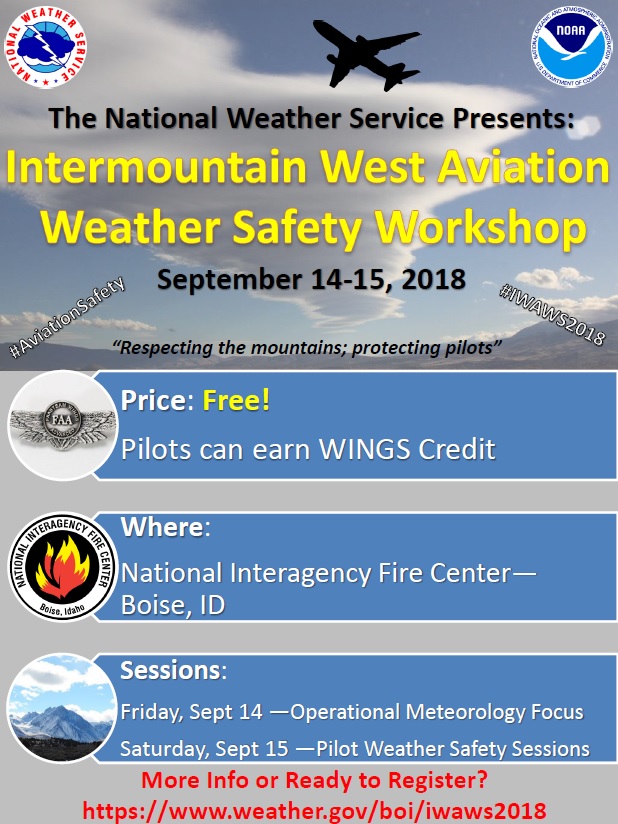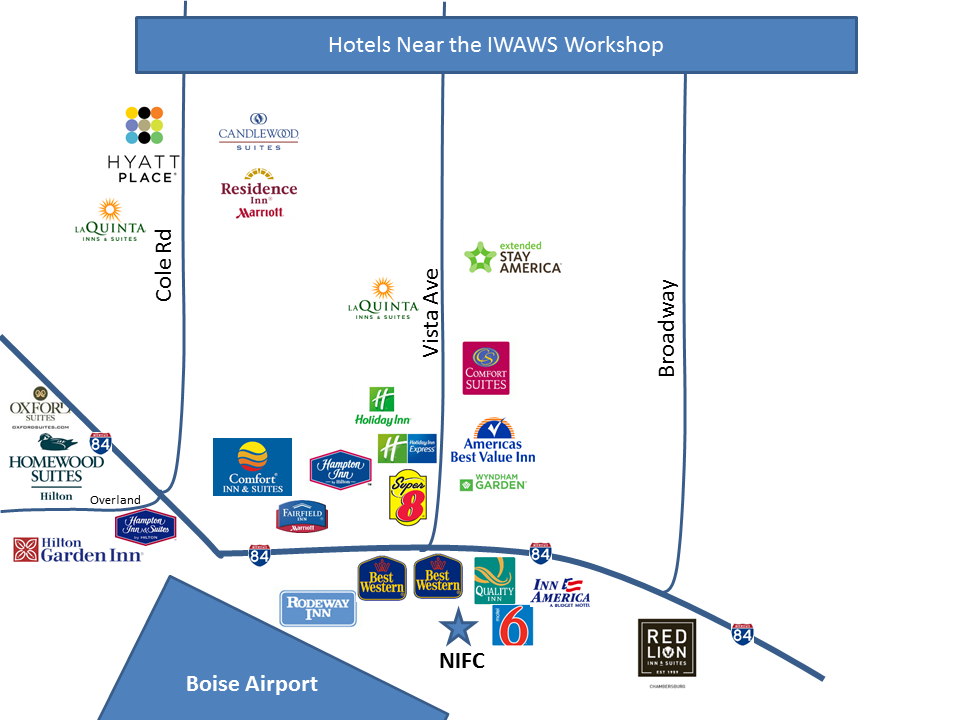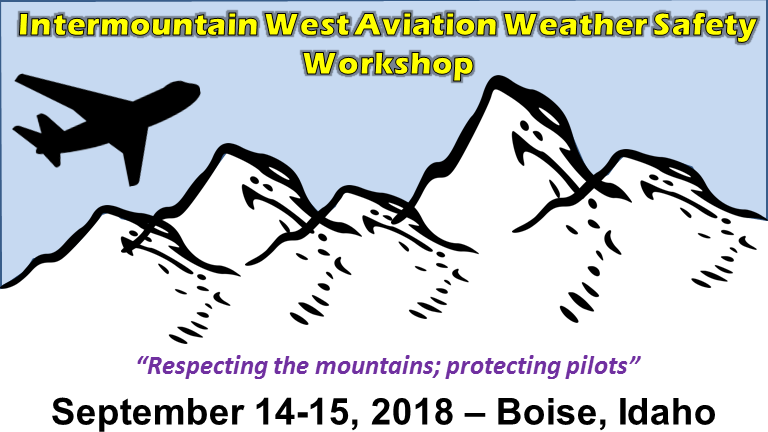
Download Flyer!
>
Friday September 14, 2018 - Meteorology Information Sharing

Saturday September 15, 2018 - Pilot Safety and Information Sharing (WINGS Credit)
|
Name: Joe Lester |
|
Name: Steven Van Horn |
|
Name: James Oh |
Hotel Accomodations:
The Boise area surrounding the airport contains multiple options for hotels. These are just some of the hotels near the National Interagency Fire Center.

Transportation Information:
Several Taxi Companies are available for transportation to the NIFC Campus. A few of these companies are listed below for your reference. Additional companies are available.
Boise does have drivers for both Uber and Lyft.
Taxi Information
| Company | Phone Number |
| Boise City Taxi | 208-377-3333 |
| Boise Taxi Company | 208-877-6777 |
| Yellow Cab Boise | 208-333-0333 |
| Green Cab | 208-230-1147 |




 Follow us on YouTube
Follow us on YouTube